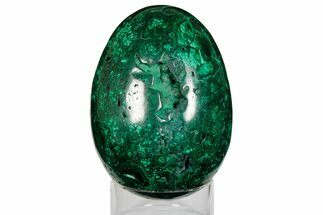This Specimen has been sold.
3.8" Sparkling Cobaltoan Dolomite Crystals on Quartz - DR Congo
This is a sparkling cobaltoan (cobalt-bearing) dolomite crystal cluster with druzy quartz, collected from the Kansalawile Open Pit at the Tenk-Fungurume Mines, located in the Democratic Republic of the Congo.
Comes with an acrylic display stand.
Comes with an acrylic display stand.
About Cobaltoan Dolomite
Cobaltoan dolomite is a vibrant, pink to purplish-pink variety of the mineral dolomite that owes its striking coloration to traces of cobalt. This rare and visually distinctive mineral is typically found as crystalline coatings or rhombohedral crystals on matrix, often associated with cobalt-bearing minerals such as erythrite. The vivid hue and lustrous crystal surfaces make cobaltoan dolomite a favorite among mineral collectors. It is most famously sourced from the Katanga region in the Democratic Republic of the Congo, where some of the world’s finest specimens have been found. Though chemically similar to regular dolomite (CaMg(CO₃)₂), the substitution of cobalt in place of magnesium during formation gives it its unmistakable color.
Cobaltoan dolomite is a vibrant, pink to purplish-pink variety of the mineral dolomite that owes its striking coloration to traces of cobalt. This rare and visually distinctive mineral is typically found as crystalline coatings or rhombohedral crystals on matrix, often associated with cobalt-bearing minerals such as erythrite. The vivid hue and lustrous crystal surfaces make cobaltoan dolomite a favorite among mineral collectors. It is most famously sourced from the Katanga region in the Democratic Republic of the Congo, where some of the world’s finest specimens have been found. Though chemically similar to regular dolomite (CaMg(CO₃)₂), the substitution of cobalt in place of magnesium during formation gives it its unmistakable color.
About Quartz
Quartz is the name given to silicon dioxide (SiO2) and is the second most abundant mineral in the Earth's crust. Quartz crystals generally grow in silica-rich environments--usually igneous rocks or hydrothermal environments like geothermal waters--at temperatures between 100°C and 450°C, and usually under very high pressure. In either case, crystals will precipitate as temperatures cool, just as ice gradually forms when water freezes. Quartz veins are formed when open fissures are filled with hot water during the closing stages of mountain formation: these veins can be hundreds of millions of years old.
Quartz is the name given to silicon dioxide (SiO2) and is the second most abundant mineral in the Earth's crust. Quartz crystals generally grow in silica-rich environments--usually igneous rocks or hydrothermal environments like geothermal waters--at temperatures between 100°C and 450°C, and usually under very high pressure. In either case, crystals will precipitate as temperatures cool, just as ice gradually forms when water freezes. Quartz veins are formed when open fissures are filled with hot water during the closing stages of mountain formation: these veins can be hundreds of millions of years old.
SPECIES
Dolomite var. Cobalt-Bearing & Quartz
LOCATION
Kansalawile Open Pit, Tenk-Fungurume Mines, Lualaba, Democratic Republic of the Congo
SIZE
3.8 x 3.6"
CATEGORY
ITEM
#317835
 Reviews
Reviews












